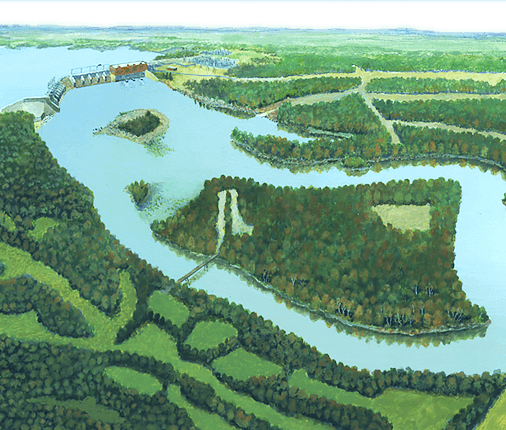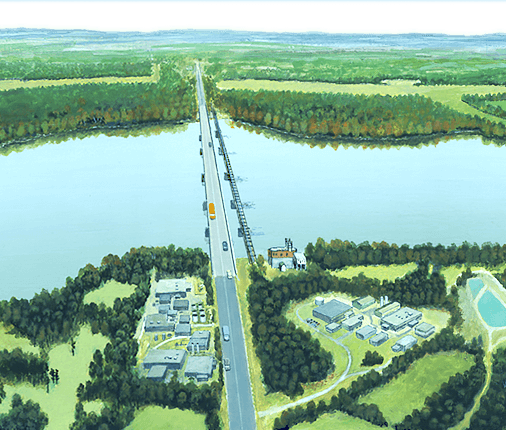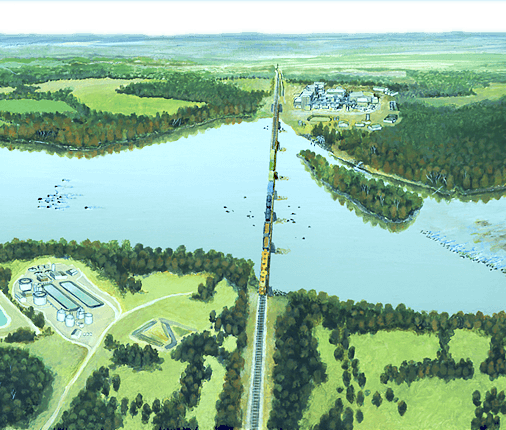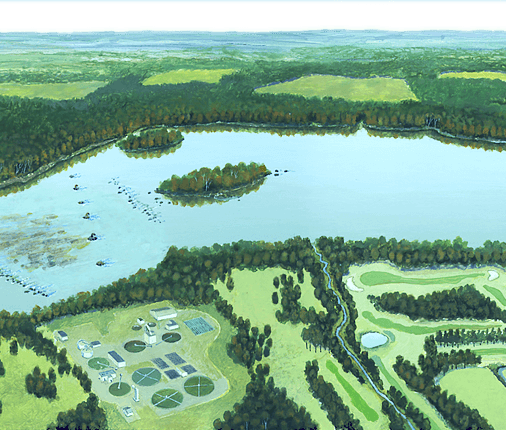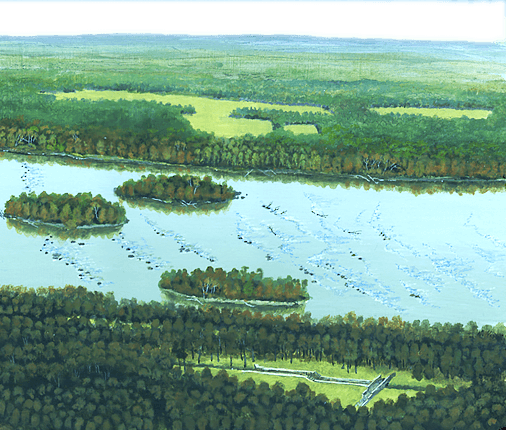A River Runs Through Your Home
In your home you use water every day, for brushing your teeth, washing dishes and clothes and more. Where does that water come from? For most of us, our water comes from a river. Even if your water comes from a well, the groundwater from the well is connected to a river. When you are “finished” with the water, where does it go? Down the drain, certainly, but after that it gets carried away from your home through pipes. If you are connected to a sewer system, the water and waste get carried to a waste water treatment facility where the water is treated before it is returned to the river. If you are on a septic system, the waste that leaves your house goes to a tank that is periodically pumped to remove solid wastes. Both of these protect local water supplies from being contaminated with our waster.
You use water outside your home as well when watering the garden or washing your car, for example. In cities and many neighborhoods, that water goes down a storm drain. Storm drains dump directly to a river, the water isn’t treated to remove chemicals or other pollutants. That means if you dump oil, paint, or even too many grass clippings down the storm drain, it isn’t healthy for the river.
Nonpoint source (NPS) pollution is pollution that comes from many diffuse sources. As rain or snowmelt move across the ground it picks up and carries away pollutants. Pollutants are things like chemicals from fertilizer or soap from washing your car--even too much soil in the water is a pollutant. Since water moves downhill to the lowest point, these pollutants are carried to lakes, streams and rivers. A single river or stream can be a collection point for pollutants from many different places in the watershed.
When land is developed for new homes and developments, vegetation is often the first thing that is removed from the building site to clear a place for the new buildings. Once the vegetation is gone, there is nothing to hold soil in place when water from rain or snow moves across the land. Soil particles, also called sediment are carried to creeks and streams and ultimately to the river. Sediment carried by stormwater runoff is the largest source of pollution in many rivers.
Close

